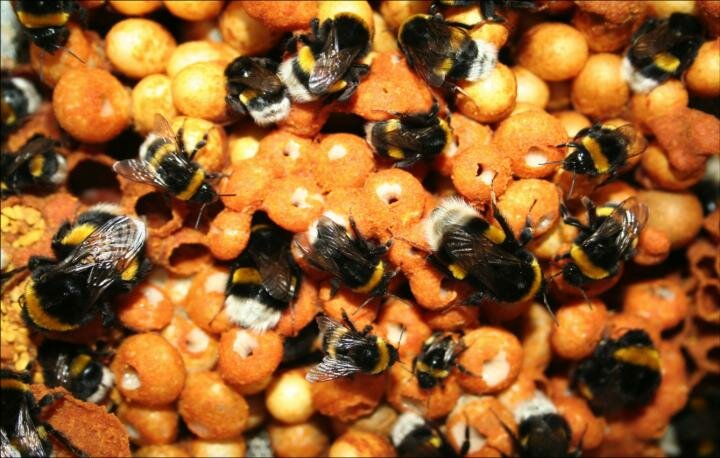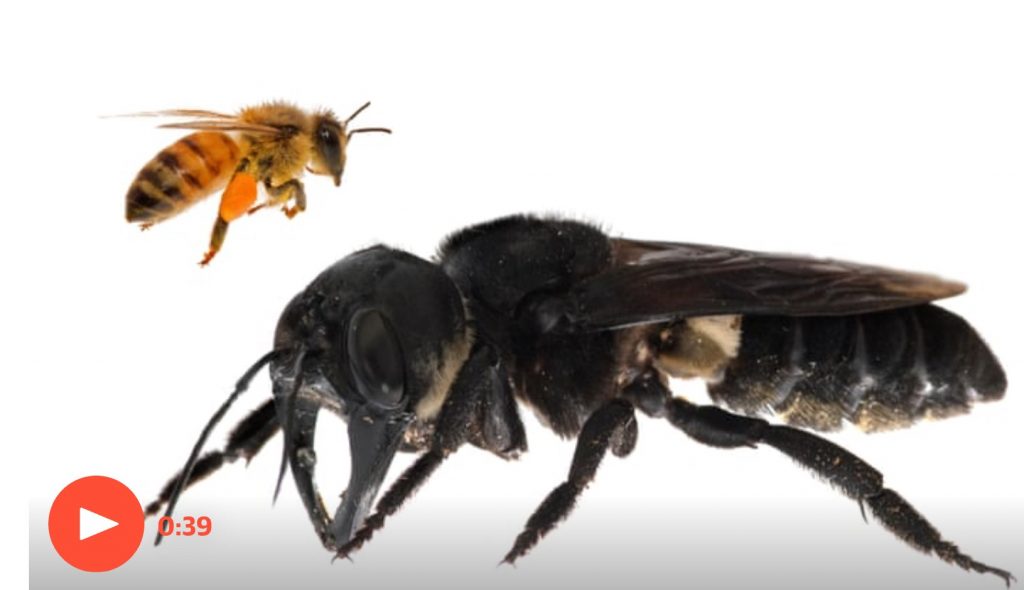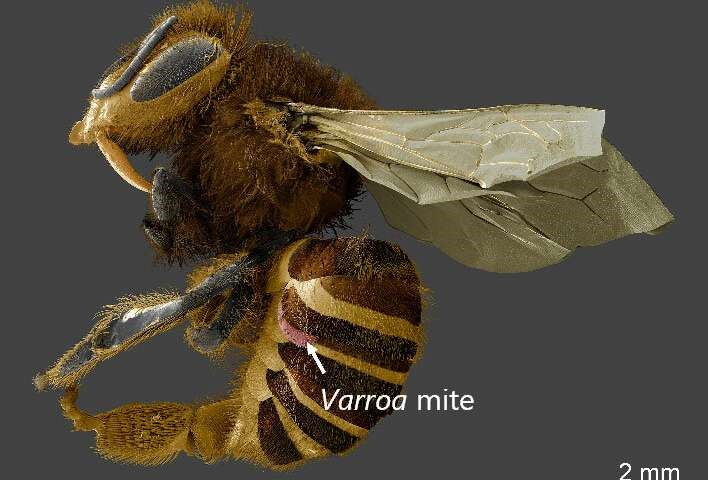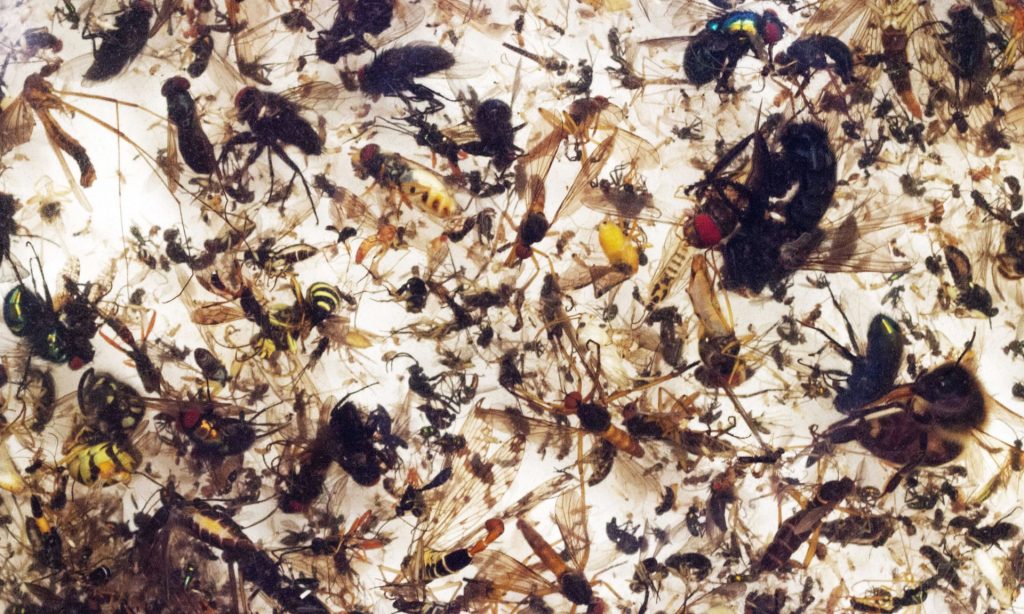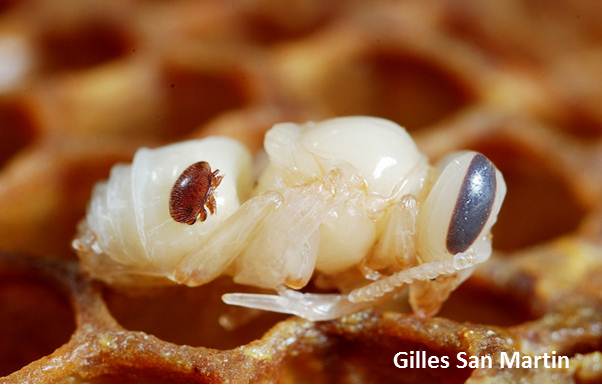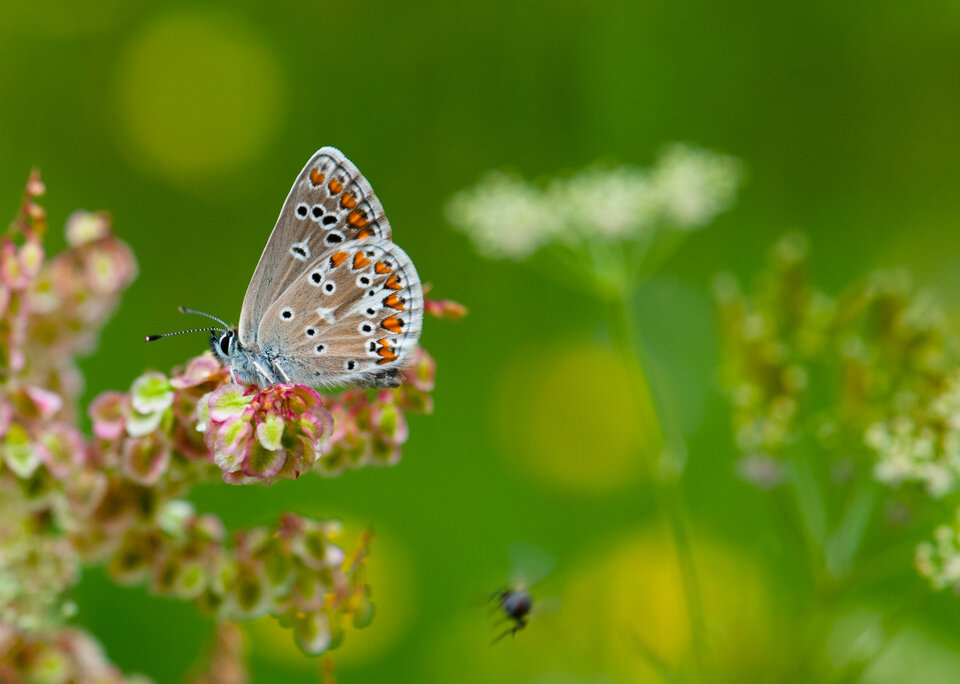Bumble Bee Colony Scientists are urging for improved regulation on pesticides after finding that they affect genes in bumblebees, according to research led by Queen Mary University of London in collaboration with Imperial College London. For the first time, researchers applied a biomedically inspired approach to examine changes in the 12,000 genes that make up […]
Improved regulation needed as pesticides found to affect genes in bees
